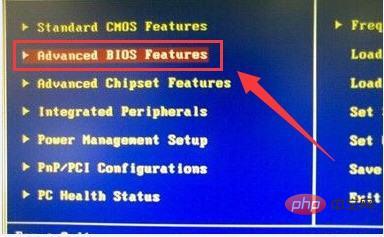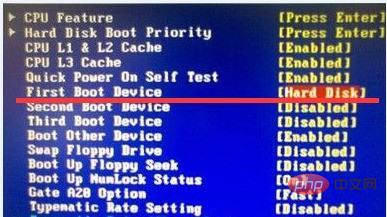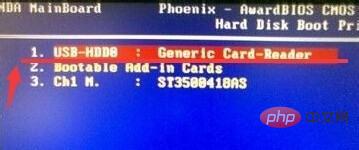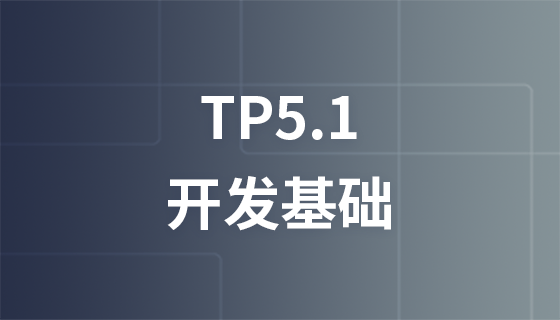解决方法:首先选择“Advanced BIOS”,按“回车键”;然后在“First Boot”中选“hard disk”、“HDD”和“Hard disk”,按“回车键”;最后将“USB-HDD”选项调整到第一项,“f10”保存,重启电脑。

本教程操作环境:windows10系统、Dell G3电脑。
开启电脑,使用快捷键打开BIOS设置界面,然后选择“Advanced BIOS Features”回车确认;

在打开的界面中,找到“First Boot Device”然后选中并且按回车键,然后在弹出的小窗口中选择[Hard disk]硬盘启动回车确认;

接着还在Advanced BIOS Features界面中,选择[HDD S.M.A.R.T. Capability]磁盘自动监控及回报功能,按回车键在弹出的小窗口中选择“Enabled”回车确认;
![1621991439912858.jpg 344T~I[{)]TB7O6DI}58P2H.jpg](https://img.php.cn/upload/image/509/514/150/1621991439912858.jpg)
最后还是在Advanced BIOS Features界面中,选择[Hard disk boot priority]回车确认;
![1621991454675086.jpg F[J$IVS]YURO@S$QT9[{S`O.jpg](https://img.php.cn/upload/image/361/381/844/1621991454675086.jpg)
将USB-HDD选项调整到第一项,F10保存设置重启电脑即可。

注意事项:对于不同的电脑Bios的快捷键,一般都是F12
更多计算机相关知识,请访问常见问题栏目!
以上就是bios检测不到固态硬盘怎么办的详细内容,更多请关注php中文网其它相关文章!

每个人都需要一台速度更快、更稳定的 PC。随着时间的推移,垃圾文件、旧注册表数据和不必要的后台进程会占用资源并降低性能。幸运的是,许多工具可以让 Windows 保持平稳运行。




Copyright 2014-2025 https://www.php.cn/ All Rights Reserved | php.cn | 湘ICP备2023035733号